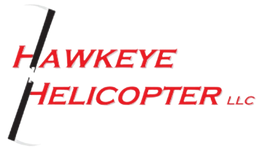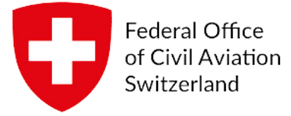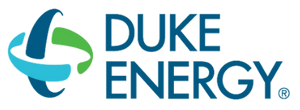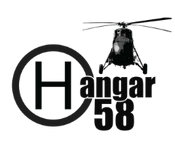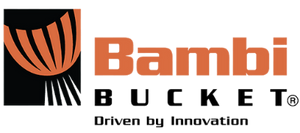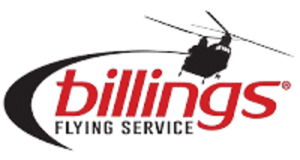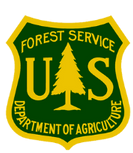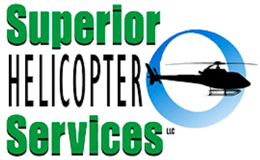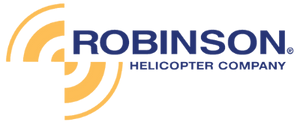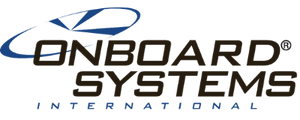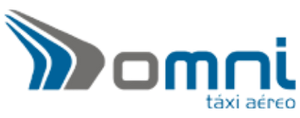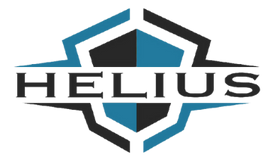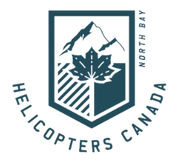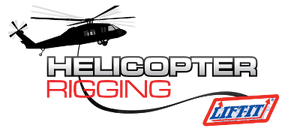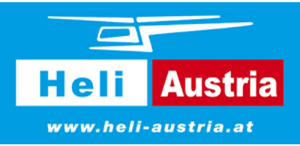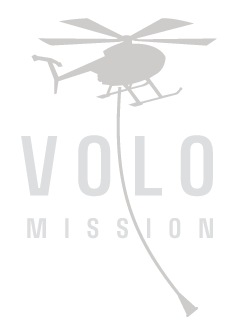Comprehensive Long line Program
Designed for pilots with little to no long line experience to provide the knowledge, skill, and confidence to succeed in the external load industry. We emphasize the building of strong foundational skills, as well as the practice and repetition necessary to solidify these skills.
As the only helicopter company dedicated exclusively to external load training, Volo Mission is uniquely qualified to provide our graduates with the training and skills that will allow them to jump-start a career in this challenging and rewarding field.
Designed for:
This course includes:
Phase one:
Vertical Reference Training
The first phase of vertical reference/long line training is focused solely on vertical reference. One of the most difficult aspects of learning VR/LL is reconciling the internal and external conflicts that emerge on ‘day one’ when the pilot begins to understand the key differences of flying VR/LL.
While the majority of pilots attending the course have hundreds or thousands of hours and years of experience in their specific field, it is common for even the seasoned pilot to feel as though s/he has been transported back to the beginning on ‘day one’ of flight school.
Reconciling the differences brings a level of acceptance which is the beginning of learning the unique demands of VR/LL training. Due to the progressively-difficult nature of VR/LL training, instructors continually prepare clients with the reminder as the level of difficulty increases.
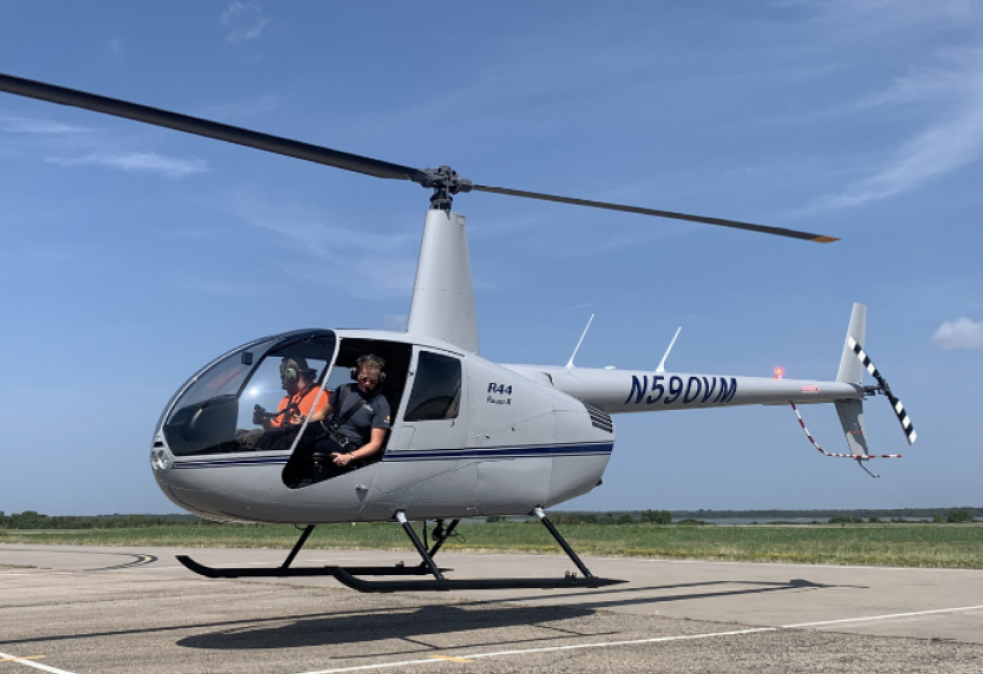

Phase Two:
Flying the line
Once vertical reference training and physical conditioning begins to form, pilots learn the intricacies of flying the line and how the line reacts to control inputs, such as learning how to stop the hook/line from swinging once it starts. Slow, steady, and controlled movements are key to development of this challenging skill.
Phase three:
advanced maneuvers
Going into the advanced maneuvers stage, pilots have become comfortable with their ability to handle the long line and have a strong grasp of vertical reference. Now the goals are precision, accuracy and timing, as pilots put their newly acquired skills to the test by performing difficult training exercises. As a commitment to preparing trained pilots and ground crews ready for their respective industry positions, Volo Mission intentionally structures the courses to maximize the time, money, and energy.
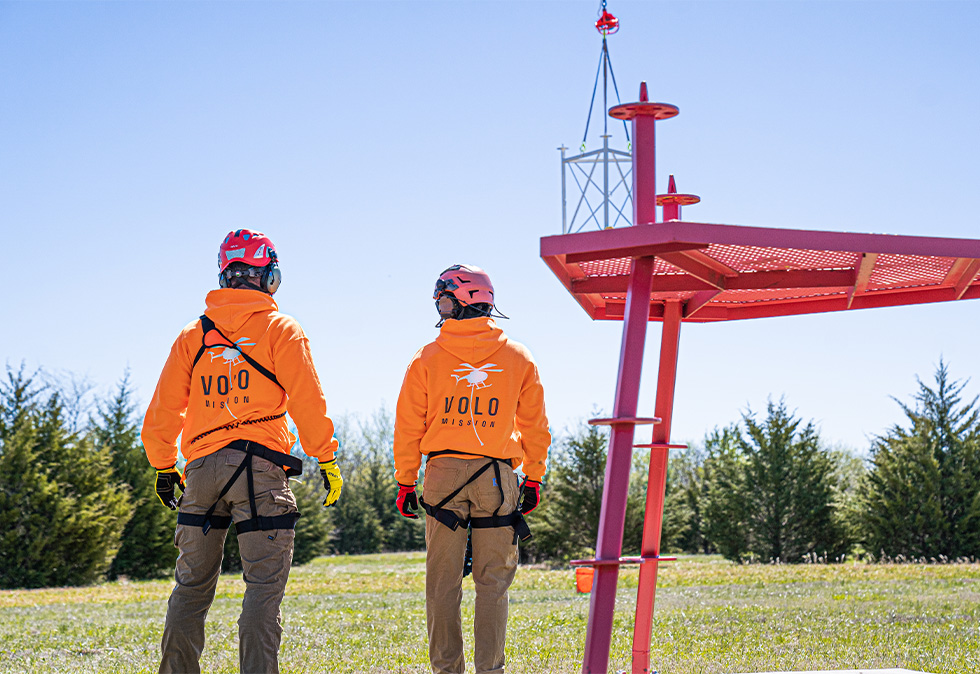
companies we’ve worked with

I really liked the house accommodations and the way the course is structured. I highly recommend this course if you want to progress in your career to a job with a long line.”
